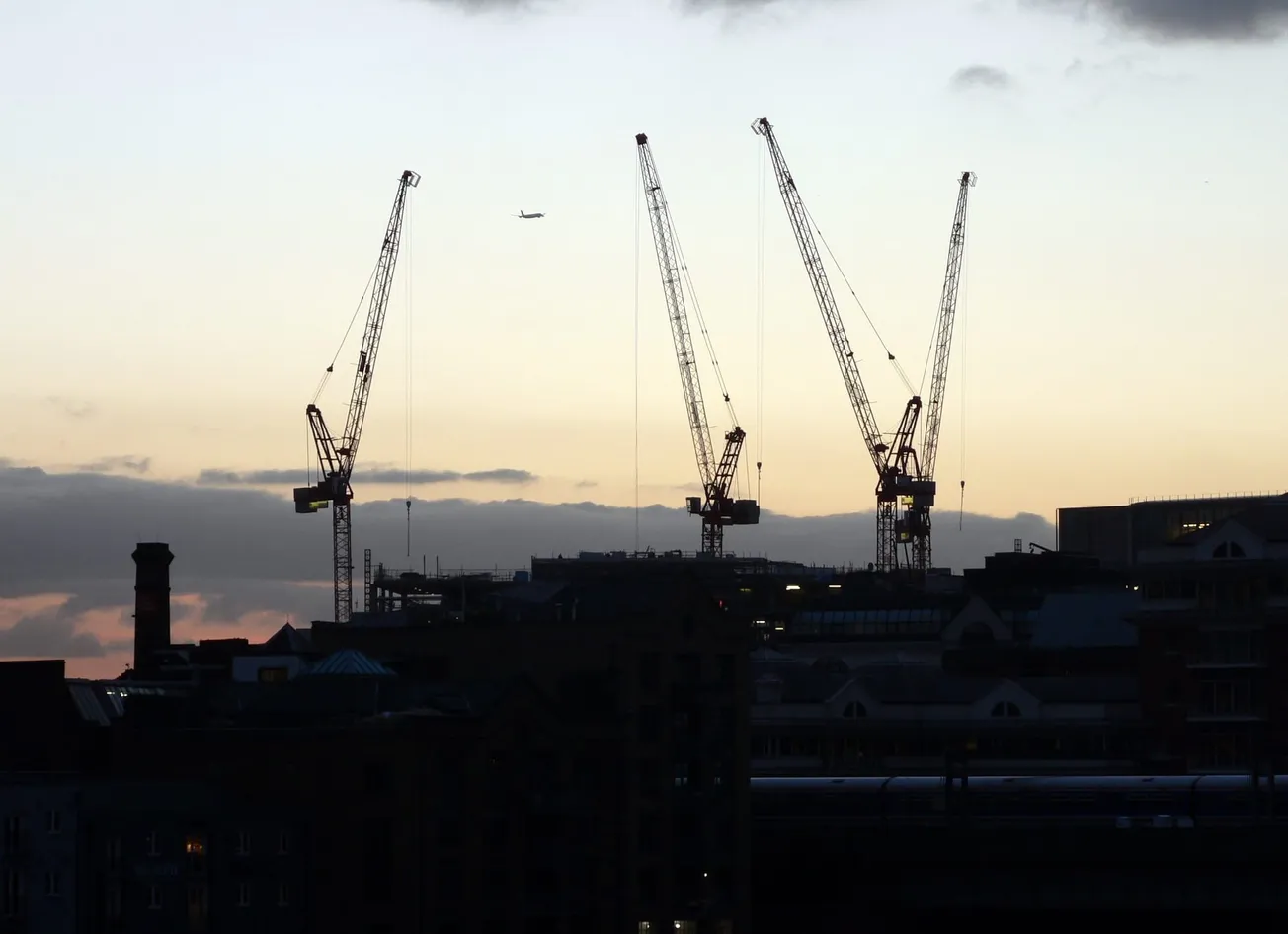How London stopped building family homes
To those with dreams of raising a family in London, it may feel like the odds are already stacked against you. The capital has the most expensive childcare in the country, and the cost of housing is an immediate and obvious problem.
And there’s further bad news. Not only is London not building enough homes, but the city is especially bad at building “family homes” — which we’ll define as homes with three or more bedrooms.
You can see this by comparing London to the other English regions. In 2023/24, over half of newly built homes were two beds, according to government data. And almost all of the rest were one beds. Only one in ten homes had three beds and a tiny fraction — just 2% — had four or more. That’s the joint lowest level since records began in 1991.
Across London, the overall number of three bedroom homes increased by 4,040 in 2023-24, while the number of homes with four or more bedrooms increased by just 655.
Is this simply because that’s what London needs? After all, the city attracts many more younger people who are less likely to have children. While the number of families with children in London is expected to continue to slowly grow, birth rates in the capital are among the lowest in England, and there’s an established pattern of people moving out to the suburbs for more space.
But although London’s population is different to elsewhere in England, the current mix is very much out of sync with what its people are looking for.
The Strategic Housing Market Assessment (SHMA) was carried out in 2017 and is the basis for the London Plan, which sets housing targets across Greater London. There is a trend towards needing more smaller homes in London, as the strongest growth is among one person households and other childless household types. In fact London is not providing enough one-beds. But the under-provision of three beds, and especially four-beds is notable.
As a result, people are either leaving the capital, or living in homes that are too small for them. One in nine households in London is overcrowded (11.1%), according to the 2021 Census, compared to just one in 23 (4.4%) across England as a whole.
And worryingly, in some boroughs things are actually going backwards. Brent ended last year with 33 fewer three-plus bed homes than it started with, as conversions, demolitions or replacements took more out of the housing supply than were built. Others, like Barnet, Ealing, and Islington also saw drops in the number of houses with four or more beds. The boroughs where the most family housing is being built are Newham (with 603 new homes) and Wandsworth (466) — though in both cases, it’s mostly three bed, not four or more bed homes.
This issue is in danger of being lost in the bunfight over the overall housing targets for London. The Government has caused uproar in some quarters with its suggestion of cutting the London target by 18% (though the new target is still more than double what London has actually been delivering). But just focusing on numbers is likely to cause even more of a skew towards smaller builds — after all, you can fit many more one-bed homes in any given building than three or four beds.
Why is London building fewer larger homes?
Simon Coop, Senior Director at planning and development consultancy Lichfields, said housing density requirements across the capital — encouraging higher density in more central, better connected areas — tend to favour smaller homes.
“Brownfield sites, which are more readily available for development under the ‘brownfield-first’ policy agenda, typically result in flats rather than larger houses, further contributing to this trend,” he said.
Caps on support schemes, like the First Homes scheme, also restrict the affordability and size of homes being built, and make larger properties less viable, he added.
Of homes completed in 2023-24, 96% were flats — the highest proportion since 1991-92.
And planning director at Lichfields, Ben Simpson, said the high cost of land and increasing construction costs mean developers often favour smaller units for economies of scale.
He added: “Furthermore, it is rare to find outdoor garden space for larger homes in London, which makes people more likely to turn to older, second-hand stock for these kinds of properties or look outside of London entirely for the associated space and lifestyle they desire.”
Have you struggled to find a home for your family in London? Let us know in the comments.

Comments
How to comment:
If you are already a member,
click here to sign in
and leave a comment.
If you aren't a member,
sign up here
to be able to leave a comment.
To add your photo, click here to create a profile on Gravatar.






